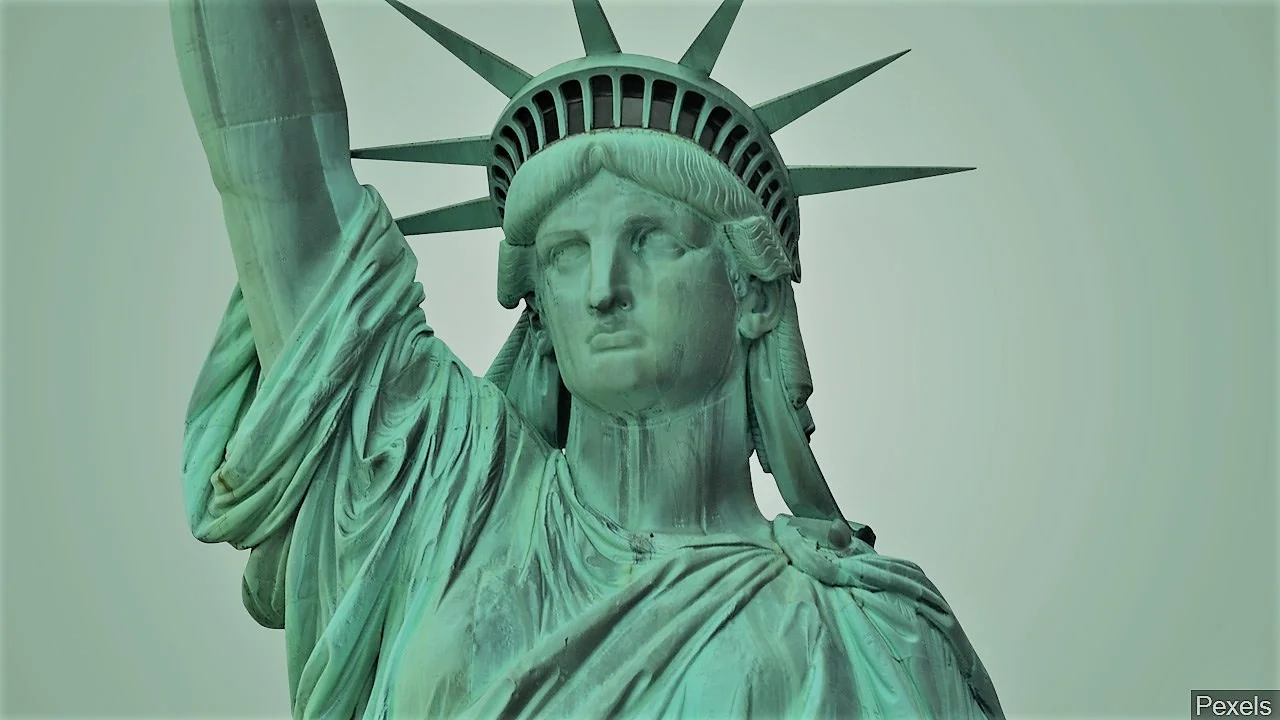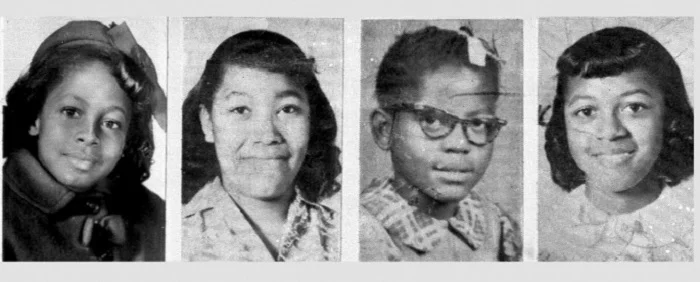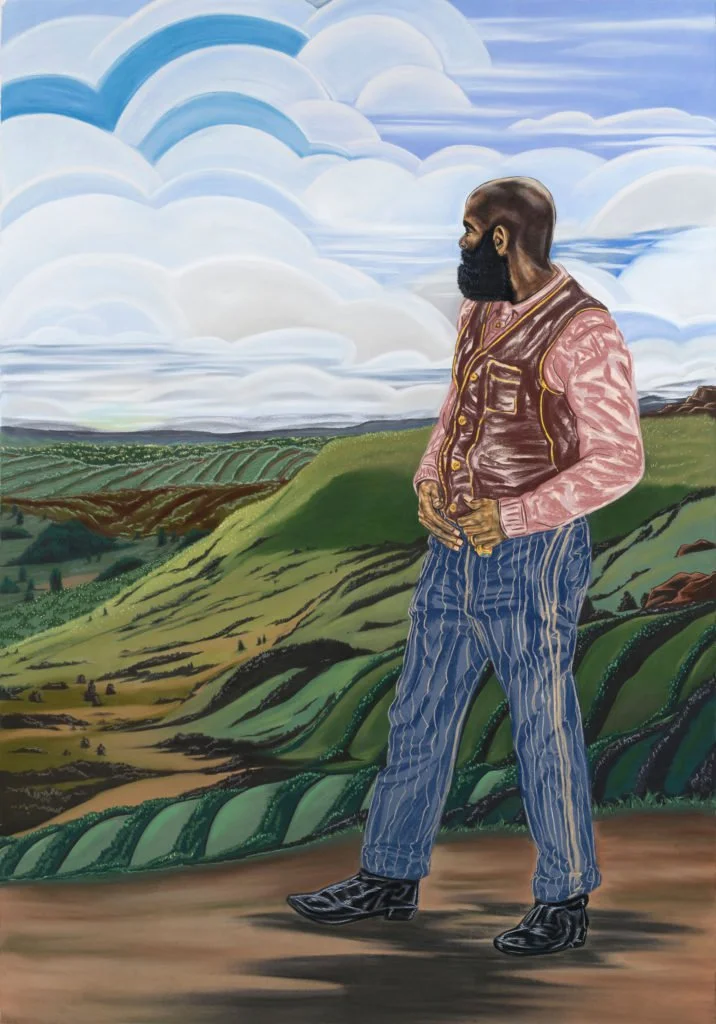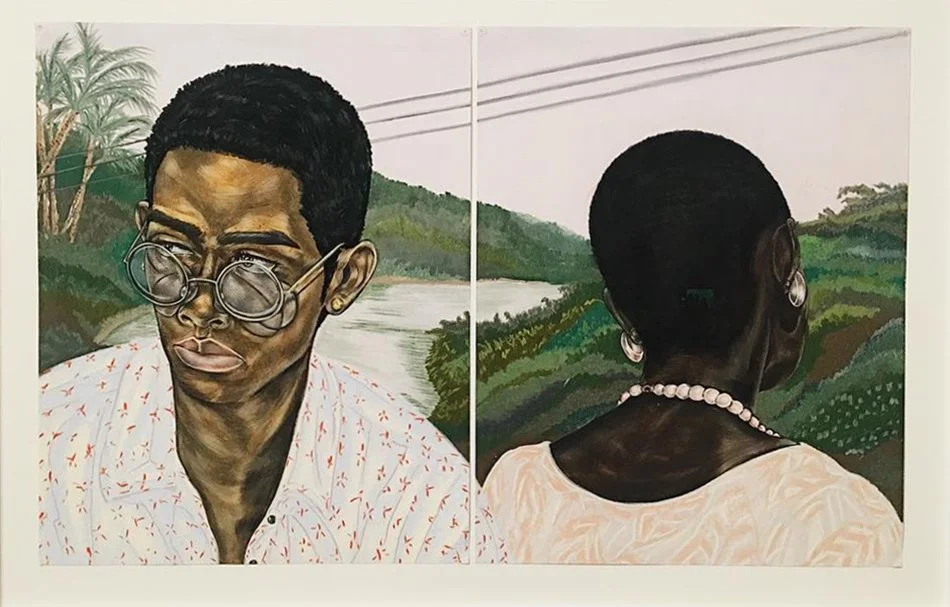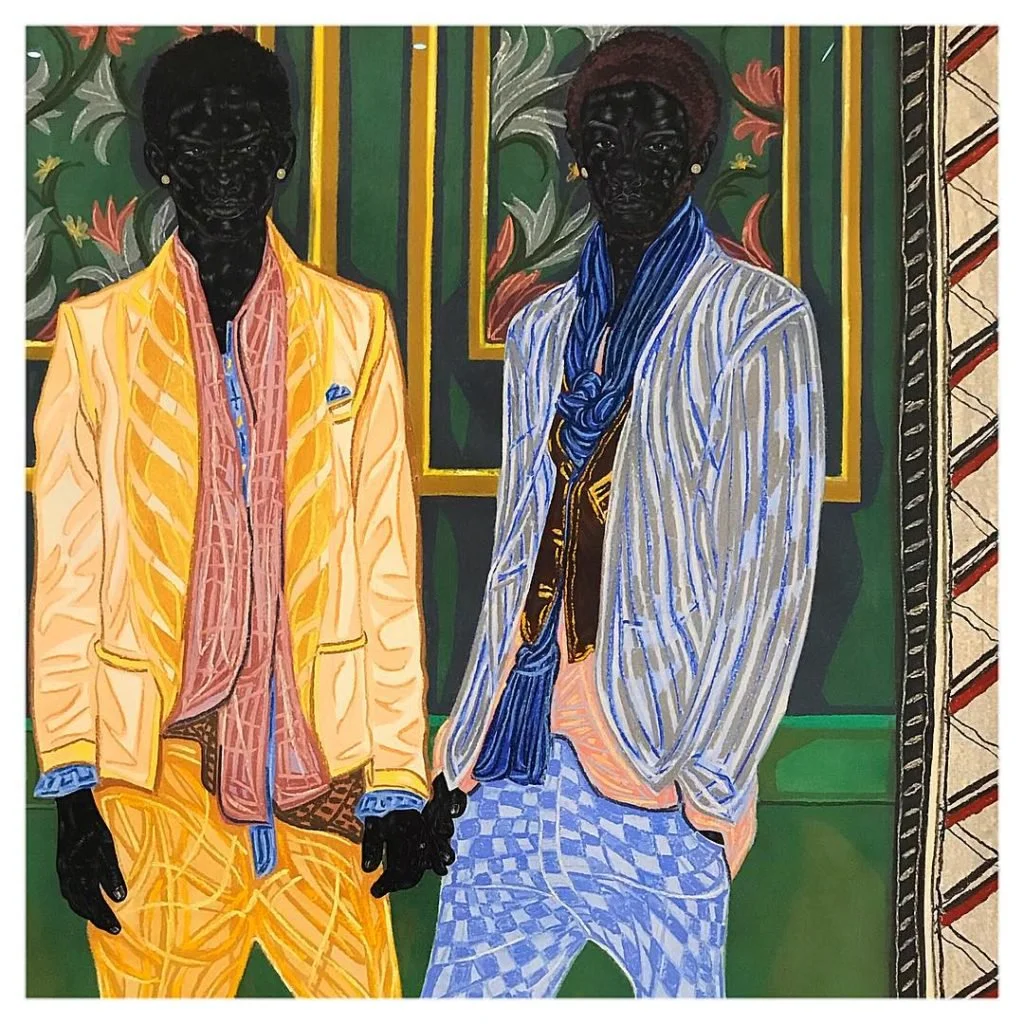Resistance to Private Prison Industry Mounts Amid Debate Over Trump’s Immigration Detention Policies
/By Lauren-Brooke Eisen, Counsel for the Justice Program at The Brennan Center for Justice.First published on Common Dreams
The private prison industry is under renewed scrutiny, and things are not going well for it. Prison companies were already under fire, accused of putting profits above the well-being of incarcerated individuals and staff at the dozens of federal and state prisons and local jails they run around the country. Currently, about 8 percent of state and federal prisoners are held in privately operated facilities across 27 states and the federal system.
But these companies aren’t only in the business of housing people convicted of crimes. As of July, U.S. Immigration and Customs Enforcement (ICE) had almost 53,000 people in its custody, and private prison firms are responsible for detaining more than 70 percent of them. Now the industry is getting more attention because of President Trump’s immigration detention policies, such as separating children from their parents, and because of the terrible conditions in many detention facilities, many of which are run by the government and not private firms.
Ironically, because of the Trump administration’s focus on building a border wall and keeping immigrants out, a Republican administration thought to be a boon to the private prison sector has proved one of its biggest problems. As resistance to current immigration policies mount, here is a roundup of some of the high-profile actors targeting the industry.
Presidential election politics
At least 11 Democrats running for president want to eliminate private prisons. Sen. Kamala Harris of California recently tweeted, “One of my first acts of business as president will be to begin phasing out detention centers and private prisons.” Sen. Elizabeth Warren of Massachusetts issued a sweeping plan to eviscerate the industry by attempting to phase out federal contracts for private prisons and by reducing states’ reliance on the industry through cutting federal funding to states that contract with these companies. Other candidates have expressed support for immediately canceling all federal contracts with the industry and phasing out the government’s reliance on private prisons.
Banks
One surprising development in 2019 has been the banking industry’s withdrawal of financial support for two of the largest private prison firms, Geo Group and CoreCivic. These two firms restructured in 2013 to become Real Estate Investment Trusts (REITs), allowing them to benefit from a lower tax rate. But as I’ve written about in Inside Private Prisons: An American Dilemma in the Age of Mass Incarceration, REIT status requires the companies to distribute a minimum of 90 percent of their profits to shareholders. This leaves them with little cash on hand to cover costs, which is why they rely on financial lenders to raise cash to operate.
So what happened?
The big banks started to distance themselves from a sector that received a lot of negative attention amidst an outcry over the Trump administration’s detention policies. It’s the latest example of big banks cutting ties with companies in response to activism, which we also saw when Bank of America and Citigroup announced they would limit business with gunmakers.
In January, Wells Fargo announced that it would roll back its relationship with the private prison industry. Two months later, JPMorgan Chase made headlines with its announcement that it would move away from financing private prison firms. The news came days after Rep. Alexandria Ocasio-Cortez (D-NY), who sits on the House Financial Services Committee, said that she wanted to hold banks “accountable” for their connections to companies that operate immigrant detention facilities.
JPMorgan Chase’s announcement was consequential because it was one of the first Wall Street banks to take a public stance on private prisons. As of March, the move was considered mostly symbolic, or at least until other lenders or investors in prison companies followed suit.
But that’s exactly what happened, and a domino effect ensued. In June, Bank of America announced that it would stop lending to the industry. A few weeks later, SunTrust became the fourth major bank to stop financing private prison firms. And on July 12, France's BNP Paribas became the first foreign bank to announce that it would no longer finance U.S. private prison firms.
Nevertheless, ties between banks and the private prison industry are not completely severed, as there are still outstanding loans to the companies (in the form of revolving credit that provides them with cashflow) that won’t be paid off for years.
State and federal legislation
Both federal and state policymakers have tried to rein in private prison industry this past year. In Congress, Sen. Ron Wyden (D-OR) re-introduced a bill in June that would stop private prisons from qualifying as REITs and receiving tax subsidies unavailable to other corporations. Sen. Elizabeth Warren, meanwhile, recently opened an investigation into the accreditation process for private detention facility operators.
Currently, only three states legislatively ban private firms from operating state prisons: Illinois, New York, and Iowa. Illinois passed its ban in 1990. This year, the state went one step further by enacting a law that prohibits state and local agencies from entering into an agreement for the detention of individuals in a facility owned, managed, or operated by a private firm. The new law makes it difficult for private firms to build an immigrant detention facility in the state. The reason is that while ICE can still contract with private firms to manage facilities, these contracts tend to rely on local governments to serve as an intermediary between ICE and the corporations, especially if firms want to build a new facility.
New York state law prohibits private prison firms from operating state correctional institutions. The state legislature passed the law in 2007, partly out of concern about training and wages offered to private guards, and about how privatization would function at times of “crisis.” This year, state legislators focused their attention on banks funding the industry by attempting to prohibit New York-chartered banks from investing in or providing financing to private prisons. The state Senate passed legislation, but it failed in the Assembly.
Looking ahead
Despite the proposals to curb our government’s reliance on private prisons, the banks running for the hills, and legislators passing laws to make it challenging for the industry to operate, its future appears to be a mixed bag.
Geo Group and CoreCivic can still use their revolving credit for the next four or five years to build more facilities. And if a Democrat takes the White House, it’s even possible that banks reverse their position once the furor over Trump’s immigration policies die down.
Either way, shrinking the size of both our prison and immigration detention populations is the most effective and humane way to ensure that fewer people remain behind bars in America. That can only be done by changing state and federal policy.


